Do what you do best (and forget the rest)
Senior portrait photographer David Beckham explains how a carving out a niche in high-fashion high school senior photography boosted his business.
• August 2018 issue
The circumstances weren’t ideal when David Beckham launched his portrait studio in 2008. Although he shares a name with a world-famous soccer player, he lacked name recognition in the photography arena. And then there was that pesky recession. It hit right at the time he decided to leverage seven years of part-time practice into a full-time career.
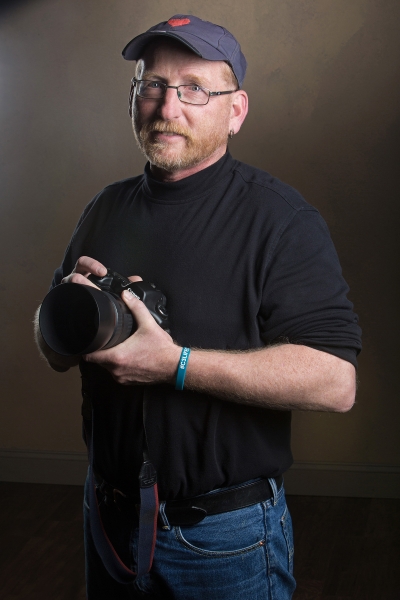
David Beckham
Still, the former engineer and youth pastor marched into the economic headwinds and hung his shingle on a studio in the Columbus, Ohio, suburb of Pickerington. He put the word out, opened his doors—and cleared $12,000 the first year.
Thankfully for Beckham and his local senior portrait scene, business got better. Much better. Within three years he was on a steady upward trajectory as his client roster swelled and sales averages climbed to more than four times what they were that first year.
The key, says Beckham, was zeroing in on what he does best: “When I first started full time, I did everything I could get my hands on. Within the three years, I stopped doing families and babies and focused almost entirely on stylized, fashion-oriented, on-location senior portraits.”
Using uncompromising staging, innovative lighting, and creative posing, Beckham works with each senior to translate their personal style into a unique image. It’s a fashion-forward approach that’s helped him stand out in a market where there are plenty of clients but also numerous talented photographers. In fact, Beckham learned early that as tempting as it may be to emulate the business models of successful competitors, his best bet was on himself. “When I stopped trying to be like someone else and focused on what I do best, things started going very well,” he says.
Growing the business
There are 15 high schools within about 20 miles of Beckham’s studio, so the clientele exists. Connecting with them, of course, is the challenge.
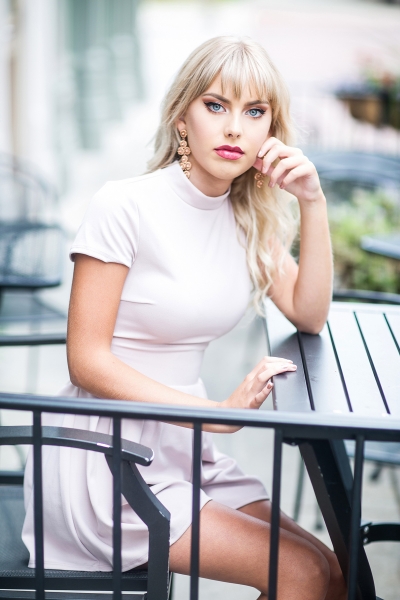
Beckham was active on Facebook from the beginning and was an early Instagram adopter. On those platforms his images spoke louder than anything he could say, and he was able to develop a following through steady and strategic posting of his photography. He soon developed a reputation as the fun, alternative choice for senior portraits in the area. “I was like an indie band that wasn’t on the radio, but the cool kids knew who I was,” he says. “I wasn’t mainstream at first, but that kind of appeal—especially eight years ago—made it really easy for me to share what I do.”
Beckham also possesses a gift for relating to young people, backed by years of experience working as a youth pastor, a softball coach, and with Junior Achievement. He’s active in the community and a visible presence at the local high schools, where he photographs events, does headshots, and provides school posters. As a result, he says, he’s not just another place that kids go for senior portraits; he’s a person they go to. That distinction has been critical to the growth of his business.
Over the years, a strong senior model program has buoyed Beckham’s marketing efforts. Each year, he brings on about 30 kids, with some starting as early as their sophomore year. The kids participate in special shoots, group activities, and charity events. Over the course of the program, the models each spend about $2,000 with Beckham while repping the studio to their classmates.
Beckham also advertises using a 16-page mailer, runs Facebook ads, and generates tens of thousands of views for several videos on his site. All these efforts helped him drive up bookings to about 150 seniors within his first few years while concurrently raising prices every year.
Crafting the shoot
“Most people don’t call asking for something that’s cliché,” says Beckham. “They’ve seen my work on my website or social media and know what I do. So most people know what they want before they call me. When we start the communication, we’re talking about their vision right away.”
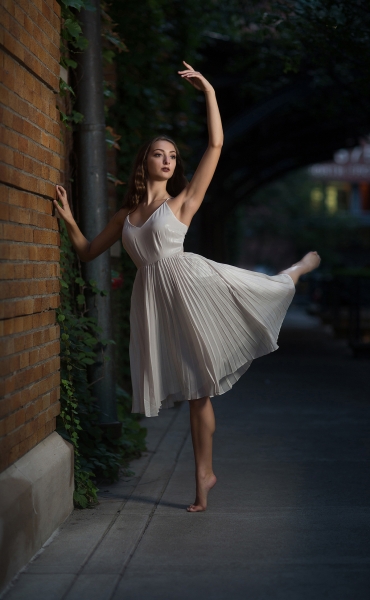
From that initial contact, the process is very client-driven. Beckham communicates a lot prior to the session and encourages clients to think about their inspiration as well as any specific ideas they have for the shoot. He takes that information and creates an experience around their inspiration, working in as many of the client’s ideas as possible. When it comes time for the session, Beckham already has the locations, the lighting, the concepts, and the timing ready to go. He works through the scenes and configurations, always collaborating with the client for the best combination of their vision and his execution.
Selling the art
Beckham is a believer in package pricing. Everything is transparent and discussed from the start, with pricing clearly outlined on his website. “My clients know up front what they are going to spend, and most people end up spending more than their base package price,” he says. “Some people are more interested in the experience. Others are all about the products. Whatever they want, it’s all accessible to them before they even call me. There’s never a surprise.”
Beckham manages his sales this way for two reasons. One, he wants to sell the way he’d want someone to sell to him. “I wouldn’t test drive a car without looking at the sticker price first,” he comments. “I don’t want an approximate price; I want the price. Then I can make an informed decision.” Two, he wants clients to be just as happy when they leave their ordering sessions as they were when they left their portrait sessions. Beckham cherishes this positivity, which he’s found leads to stronger client relationships and better referrals.
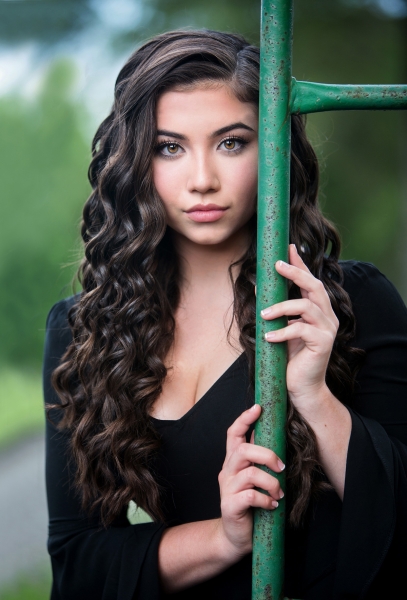
“This process works for me because there are no impulse buys that people later regret,” says Beckham. “It’s all up front. Also, I’ll never spend three hours photographing a client to get an order for two 8x10s. I know the guaranteed minimum for each session before we start.”
The system has been working for Beckham. Pre-orders for his packages and add-ons typically guarantee a minimum of $900 per session, with the average sale closer to $1,600.
Learning to be successful
To other photographers looking to build their own model for senior portrait success, Beckham recommends learning first, doing second. Before going into photography full-time, he spent seven years learning the art and business of photography—and he still made mistakes in the beginning that took years to sort through.
If you just dive in without any knowledge, he says, you’re setting yourself up for trouble. “Don’t learn from trying. Figure it out, and then go do it. Find out how to use your equipment. Discover how to shoot the way you want to shoot. Learn how to run your business from people who know how to run a business. Everything is at your fingertips. There is so much information out there. Go get the knowledge, and then implement it. That will give you the best chance for success.”
Jeff Kent is editor-at-large of Professional Photographer.

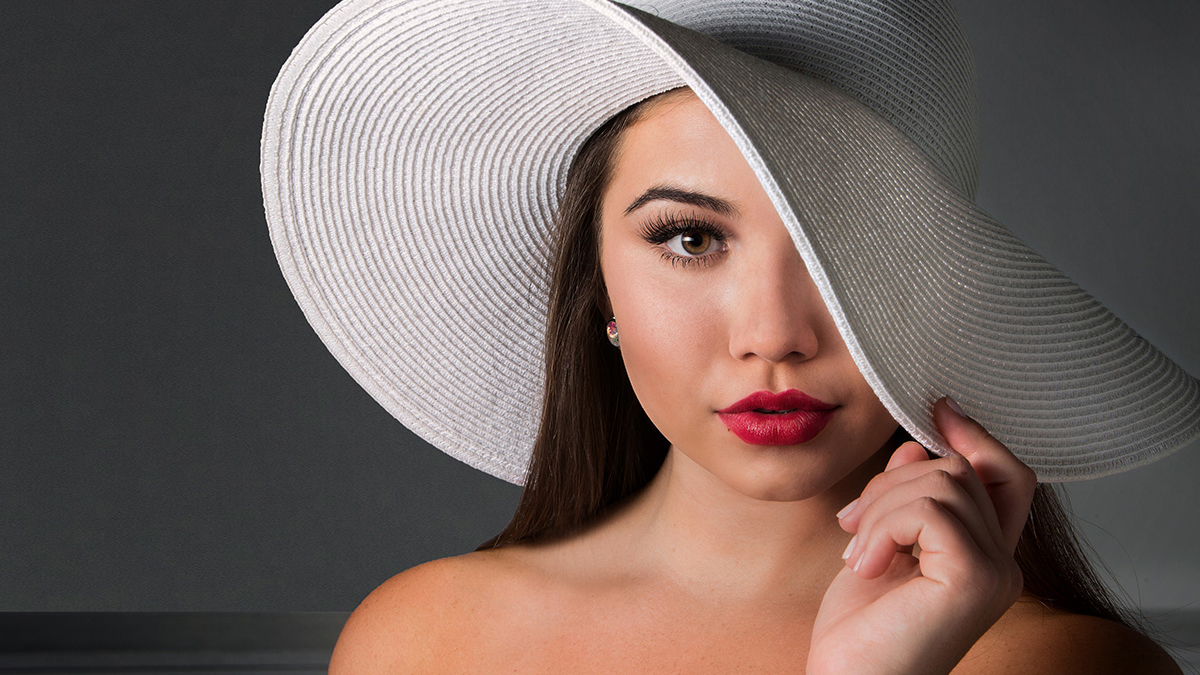
 View Gallery
View Gallery
